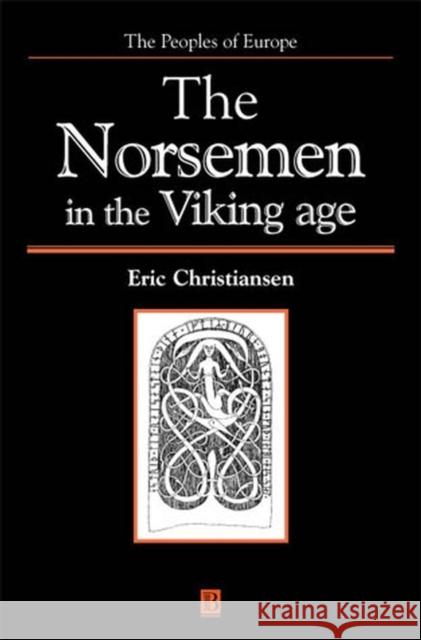The Norsemen in the Viking Age » książka
topmenu
The Norsemen in the Viking Age
ISBN-13: 9781405149648 / Angielski / Miękka / 2006 / 400 str.
This history of the Nordic peoples in the period 750-1050 focuses on their homelands and colonies, demonstrating the fluidity and incoherence of the world in which they lived.
- Considers the Nordic peoples in Viking times without undue recourse to developmental theories.
- Guides readers through some of the scholarly controversies surrounding these peoples.
- Illustrated by reference to runic, poetic and archaeological evidence.











